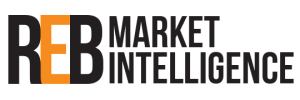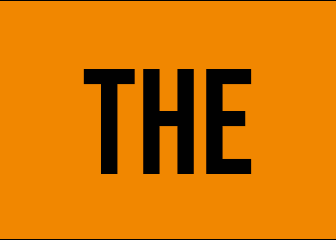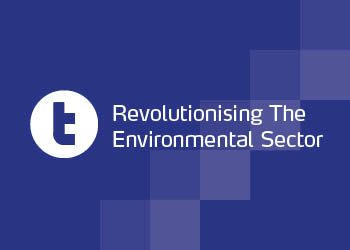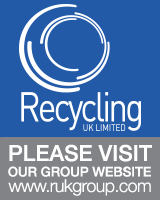A video has been launched by the Resource Association that shows the challenge of contaminated recyclate for UK reprocessors.
Called Contamination – the Enemy of Recycling, the video is part of its Recycling Quality Information Point (ReQIP) project and is designed to promote a high quality approach to recycling collection.
Secondary Commodity Markets 2015 – the conference for buyers and sellers of recyclable materials takes place on 3 March 2015 in London. Find out more here
Resource Association chief executive Ray Georgeson (pictured) said: “Contamination of recyclate remains a major issue for the British reprocessing industries. As I mentioned in the film, it costs UK industry at least £50 million a year to clean up poor quality material that arrives at our factory gates. The video illustrates in some detail the issues the UK manufacturing industry faces from the material that comes from many British households.
“Major contributors to the recycling supply chain are losing out – local authorities are missing out on value, the recycling industry bears a cost of clean-up and this slows the investment and job creation potential of our industry at a time when we need it more than ever. We want to assist councils in understanding better the impact of contamination and importantly, what we can do together to improve this.”
The video has already been shown at several WRAP workshops held for local authorities to improve the quality of dry recyclables.
Durham County Council strategic waste manager John Shannon, who attended one of the workshops, said: ”I like to think I have a fair grasp of issues surrounding recyclate contamination. However, the video highlighted the minute levels of contamination needed to adversely affect, through to causing catastrophic failure of, resultant recycled products. I was not aware of such dramatic effect from so minimal levels of contaminant being present and by highlighting this, it puts in perspective why it is essential to accurately communicate what can and cannot be collected and how residents can positively contribute to the whole process.”
Watch the video below
